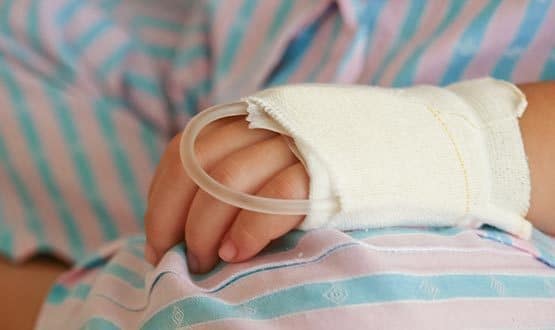NHS England wants to create a single view of a child’s health record, available online to healthcare professionals and accessible to patients and carers.
The commissioning board is developing a five-year Child Health Digital Strategy, due to be published by summer 2016, which will set out plans to bring together information on a child’s health from multiple systems.
The services in scope for the strategy include: birth and neonatal care; safeguarding; the Healthy Child Programme; child and adolescent mental health and learning disabilities; acute paediatric care; school health; and primary and community care.
NHS England’s head of digital primary care development Tracey Grainger described the current information landscape as “fragmented”, with partial records spread across several different clinical systems.
“Because of this there’s no single picture of a child’s health and care history and current needs and, as such, the picture is complex and difficult to access by colleagues outside of the health system, such as education or social care,” she explained.
“There’s also still a high volume of paper records going back and forth between different settings, with inevitable duplication of administration and a high margin for error.”
She said the new digital strategy will allow the NHS and other services to provide care to children in a much better and more efficient way.
“We want to transform the way children’s health information is gathered and used, so that health and care professionals can get a single, holistic view of a child’s record with the assurance that the information is as current and accurate as it can be.
“This view of a child’s records could inform parents, carers and professionals whether the child had received the benefits of national programmes. Parents, carers and children could access the record to check their own status against national guidelines to ensure that they were up to date with interventions.”
Grainger, who is leading the project, said NHS England is working with partners across the NHS, as well as other government agencies and suppliers, who will be key in implementing any new system.
She emphasised that it is also working with families, young people and health and social care professionals to define what a new system should deliver in terms of functionality and benefits.
It has already held one design workshop and is holding a second at the end of January.
“When we’ve got that feedback and a strong feeling of the key principles, that’s when we’ll take it to key technology suppliers for their input before the strategy moves further through the governance process and comes back for public consultation,” she said.
“We want it to be a roadmap for the next five years; something which pulls together strategic national programmes to provide a coherent direction for commissioners, health partners and suppliers.”
Previous attempts to create a single child health record or information sharing system, focused on safeguarding, have foundered on security and privacy concerns.
In 2002, the government attempted to introduce a system called ContactPoint, in response to the death of Victoria Climbie, to improve the sharing of information between agencies.
The database cost £224 million to set up and around £40 million a year to run, but was widely criticised for being open to too many users, and for using a system of 'flags' to indicate concerns that privacy campaigners argued were open to abuse.
ContactPoint was abandoned in 2010 by the incoming coalition government, as part of the Conservative Party's election commitment to dismantle "the database state."
Despite this, a Child Protection-Information Sharing project to co-ordinate NHS and social services data was quietly announced over the 2012 Christmas and New Year holidays.
This project was due to go-live at pilot sites in 2015, with a focus on flagging frequent visits to A&E to health and social care staff.

